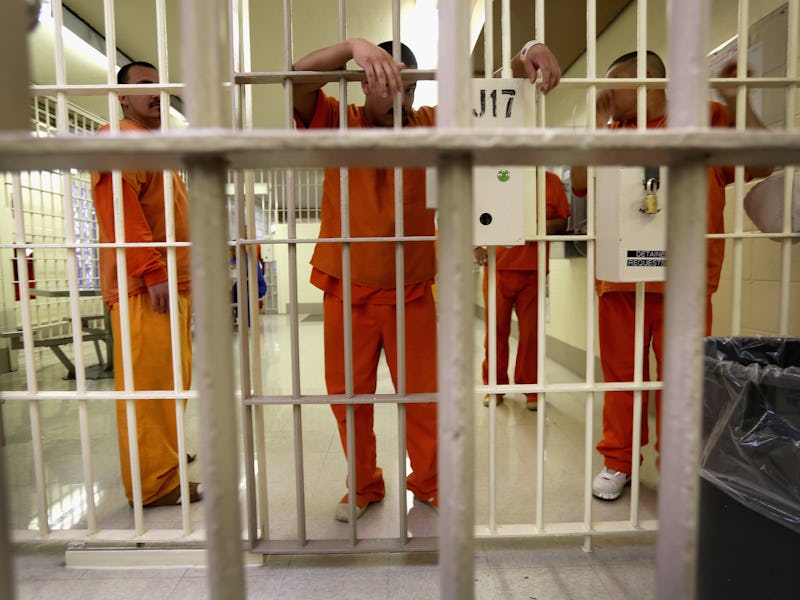The Psychological Effects of President Obama's Early Prison Release Program
What will the psychological effect of President Obama's non-violent offender release program be?

End-of-term Barack Obama has had it with the prison-industrial complex, which has turned Americans into one of the most incarcerated peoples on Earth. In a one-time attempt to diminish the population — and the harmful effects of the drug war — the president plans to grant 6,000 prisoners early release. For the offenders, who have been in imprisoned since the ‘80s and ‘90s, early release represents a real reprieve. But leaving jail is an emotionally and psychologically difficult leap — and the mass exit is the first of its kind in modern history.
Dr. June P. Tangney, a professor of clinical psychology at George Mason University and expert on offender rehabilitation, is the first to admit we don’t know what’s going through the heads of the newly released. “It’s pretty unprecedented,” she told Inverse. “I’m not sure how much of a heads up they get about when they leave.”
Whether offenders are released early or as planned, figuring out what to do once they re-enter society is key to ensuring they don’t become recidivists. Problem is, when you’ve been in jail for 20 or 30 years and are suddenly freed, it’s very likely the house, people, and job at the center of your life are no longer around. That lack of stability makes it a lot harder to re-integrate. “Do they have time to make post-release plans?” asks Tangney.
It’s an important question, and not one we have answers to yet. President Obama’s announcement was made on October 6. The releases are scheduled to take place from October 30 to November 2.
The Justice Department is attempting to mitigate the issue by sending roughly two-thirds of the newly freed prisoners to halfway houses or placing them in home confinement (the other third are foreign citizens and will be deported). But individual Residential Reentry Centers vary, even though the Bureau of Prisons website suggests they all help with employment, substance abuse treatment, and psychological care. Some do offer help specifically to people with drug problems. Others are merely temporary shelters. What the overwhelming majority of them don’t offer, says Tangney, are mental health services, even though up to two-thirds of supposedly healthy inmates would qualify for a diagnosis.
And this is part of the cycle. According to Tangney, people who are in crisis, those going through a spike in drug or alcohol abuse or decreased stability, are more likely to experience other misfortunes, like the loss of a home or a job. “Generally, people who are incarcerated under our current, very, very tough-on-crime, war-on-drugs [mentality], about two-thirds reoffend and are re-arrested within three years,” she says. “Those are the people who are especially at risk for entering into the criminal justice system.” Providing a stable living situation, employment, and access to services for mental health problems and substance abuse is critical to curbing that pattern.
What remains to be seen is what rights the early release prisoners will actually regain. While release rules vary from state to state, many people who have been convicted of felonies don’t earn back their voting rights and aren’t protected against legal discrimination when it comes to employment, housing, and public benefits. Whether people released early will be assigned a different status remains unknown and probably won’t depend on how long prisoners were jailed. “There’s no evidence that long incarcerations result in better outcomes than short incarcerations,” Tangney says.
That conclusion, drawn from a whole lot of wasted years, is both hard to swallow and at the core of the president’s reasoning. Many offenders — and, yes, particularly black offenders — have spent the better part of their adult lives paying for mistakes made decades ago in the heyday of crack cocaine. While their early release is, arguably, one of the best moves Obama’s made in his entire career, if the goals are to ease overcrowding and mitigate unfair sentencing, it’s equally important to do what it takes to make sure they don’t end up back in jail. Finding out what exactly that entails is crucial, especially given that another 8,500 prisoners could be eligible for early release in the coming year.
“It would be good for people to pay attention what the special needs of these folks are,” she says. “They’re the lucky ones, you know?”